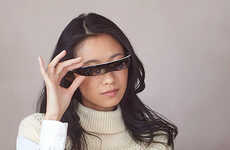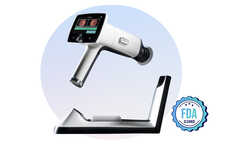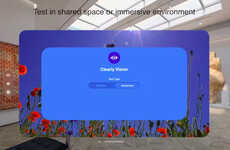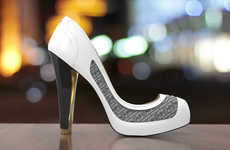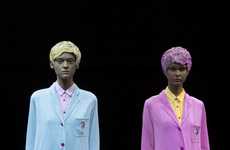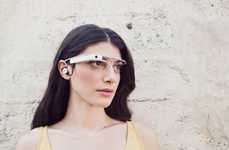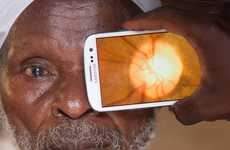
Google X's Smart Contact Lens is Designed for Diabetes Patients
Meghan Young — January 17, 2014 — Tech
References: googleblog.blogspot & theverge
Before getting a little ahead of oneself, the smart contact lens isn't something out of some sort of sci-fi flick that enables people to have enhanced vision or instant information. Nevertheless, its capabilities are still impresses. It is meant for diabetes patients to help them keep track of their glucose levels. The smart contact lens is embedded with a mini wireless chip and glucose monitor that measures the glucose levels of the wearer's tears.
Developed by Google X, the smart contact lens is being touted as a less painful way of tracking such vital information than pricking one's finger. Since it will be able to conduct readings on a per second basis, it is purported as an early warning device for when glucose levels begin to drop. It is still a work-in-progress.
Developed by Google X, the smart contact lens is being touted as a less painful way of tracking such vital information than pricking one's finger. Since it will be able to conduct readings on a per second basis, it is purported as an early warning device for when glucose levels begin to drop. It is still a work-in-progress.
Trend Themes
1. Smart Contact Lens for Diabetes Patients - The trend of developing hi-tech contact lenses that help diabetes patients monitor their glucose levels presents disruptive innovation opportunities in the healthcare technology industry.
2. Mini Wireless Chip Implantation - The trend of embedding mini wireless chips in wearable devices presents disruptive innovation opportunities in the wearable technology industry.
3. Continuous Glucose Monitoring - The trend of developing non-invasive continuous glucose monitoring systems presents disruptive innovation opportunities in the Diabetes technology industry.
Industry Implications
1. Healthcare Technology - The healthcare industry can leverage the development of hi-tech contact lenses that help diabetes patients monitor their glucose levels to create more convenient and less invasive methods for such crucial tests.
2. Wearable Technology - The wearable technology industry can explore the use of mini wireless chips for tracking vital parameters such as glucose levels, temperature, and pulse from the wearer's body.
3. Diabetes Technology - The diabetes technology industry can leverage the development of non-invasive continuous glucose monitoring systems to create more user-friendly products that make diabetes management simpler and less painful.
5.5
Score
Popularity
Activity
Freshness

